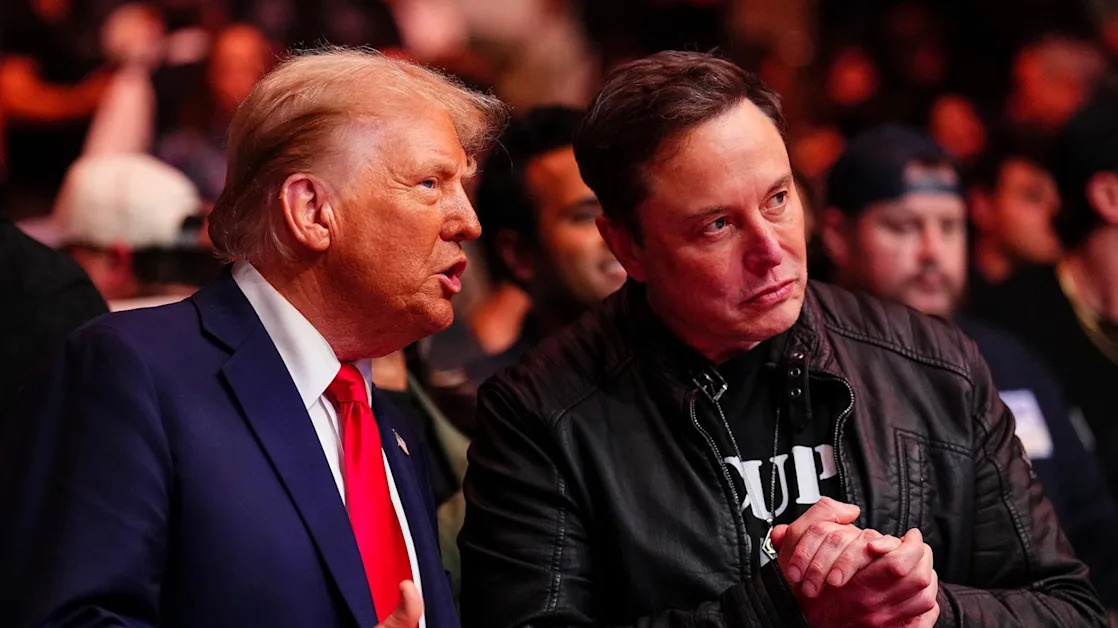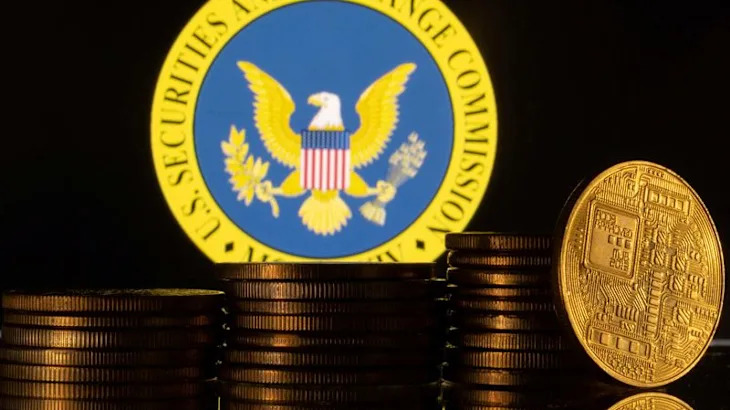
Bitcoin (BTC) has been unable to break through the $62,000 mark while maintaining support at $58,000. BTC’s price trading in a tight range since August 8 reflects growing uncertainty among traders, as the BTC futures funding rate remains negative, indicating low leverage demand from buyers.
While Bitcoin struggles, the S&P 500 and gold are nearing their all-time highs. The S&P 500 is just 2.5% below its peak, and gold is trading a mere 1% below its record level. In contrast, Bitcoin remains 19.5% below its March 14 high of $73,757.
Investor sentiment is also affected by political factors. Democratic presidential nominee Kamala Harris has yet to clarify her stance on the crypto industry. Harris’ odds of winning the US elections have surpassed Republican nominee Donald Trump on Polymarket, signalling greater uncertainty for the crypto industry. Meanwhile, Trump has been voicing pro-crypto support, and announced plans to remove Gary Gensler from his position as Chair of the SEC.
Recent economic data supporting the Federal Reserve's efforts to curb inflation without causing a recession may have contributed to decreased interest in Bitcoin. US retail sales rose by 1% in July, surpassing expectations of a 0.4% increase, and initial jobless claims dropped by 7,000. According to Yung-Yu Ma, chief investment officer at BMO Wealth Management US, a "soft landing is firmly in place," enhancing the stock market's appeal.
Meanwhile, data shows that Bitcoin's perpetual futures funding rate was mostly negative on August 14 and 15. The demand for leverage through BTC futures contracts serves as a key indicator of investor confidence. Bullish investors typically push the funding rate on perpetual contracts into positive territory. Rates between 0.2% and 1.2% per month generally indicate neutral market conditions, while rates below this range are considered bearish.





